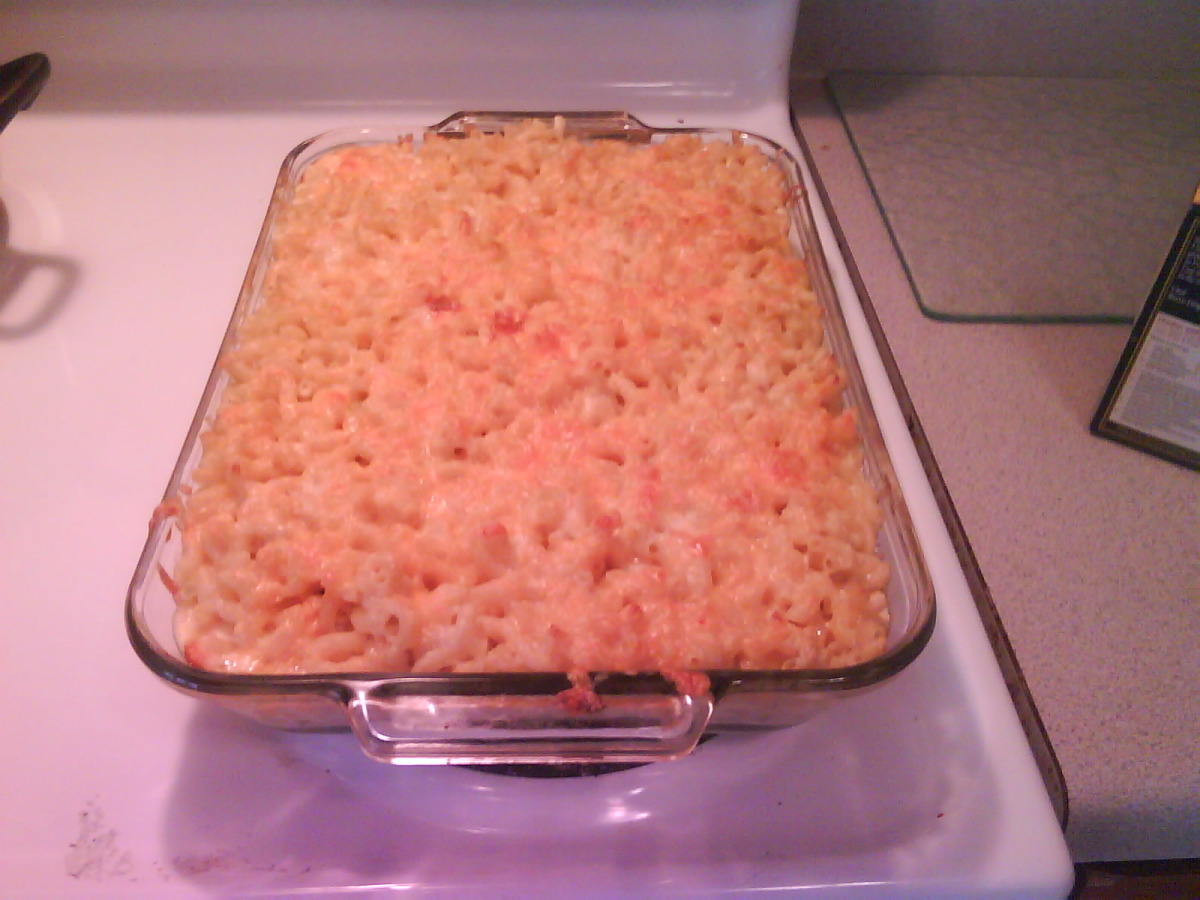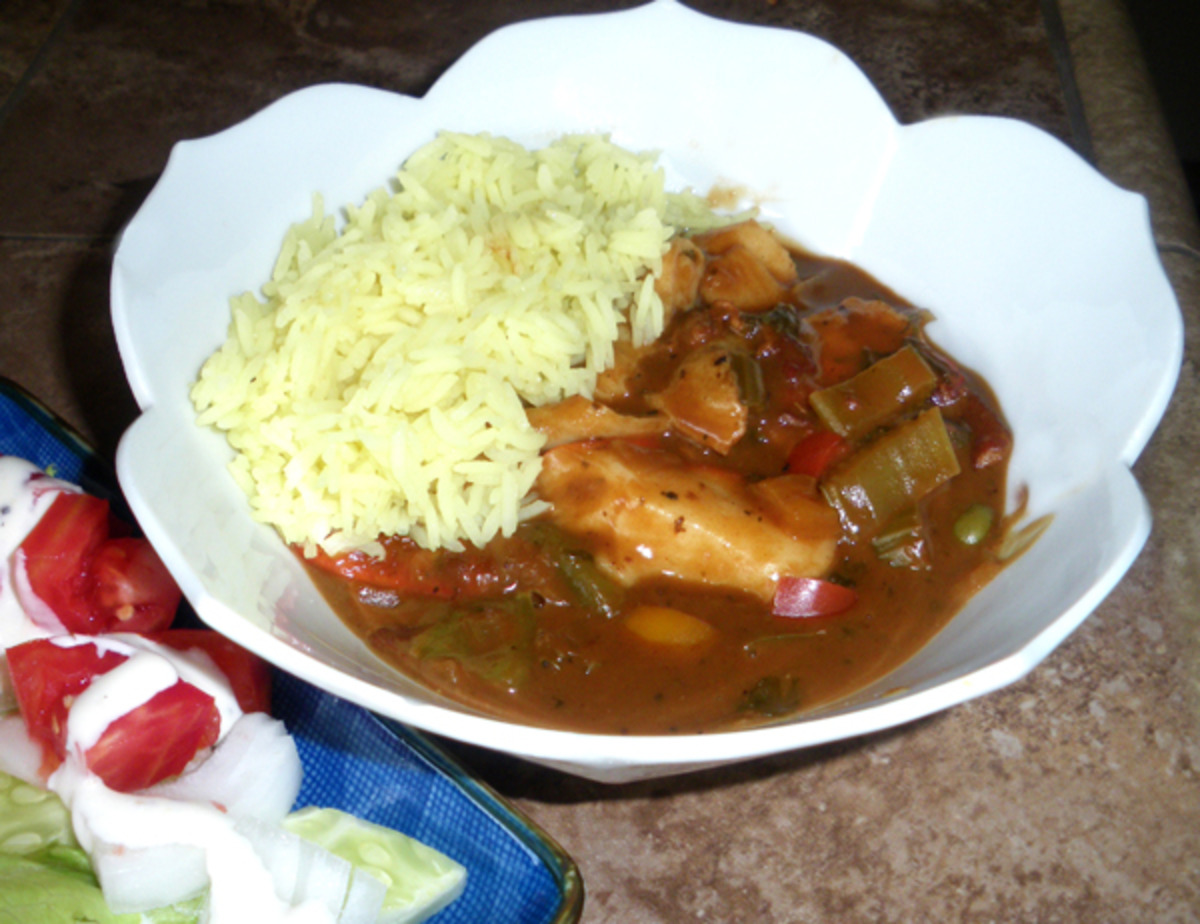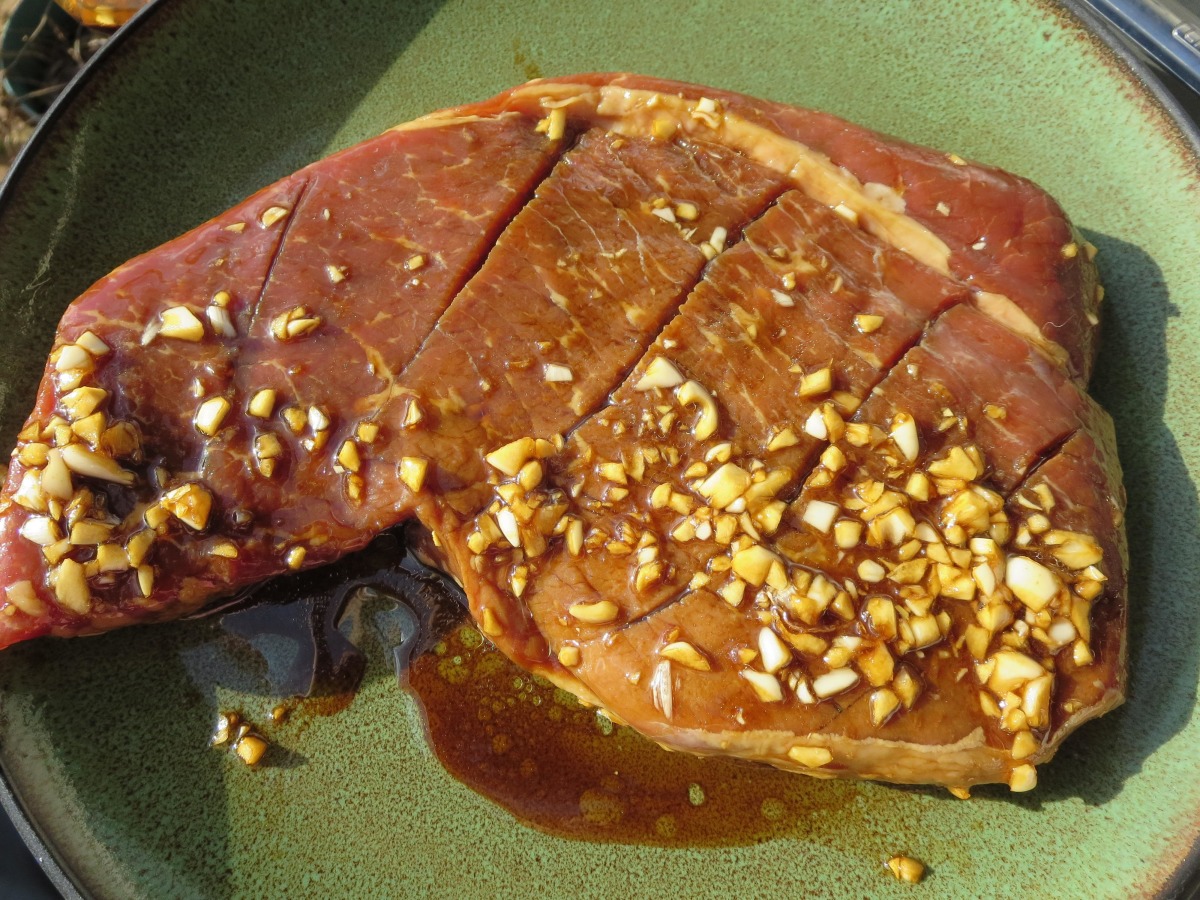Canelés de Bordeaux, a traditional French pastry from the Bordeaux region, are a true delight. These elegant little cakes are characterized by their distinctive fluted shape, caramelized crust, and soft, custard-like center. Typically flavored with rum and vanilla, canelé batter is made with a unique combination of flour, milk, sugar, eggs, and egg yolks. The batter is then left to rest for several hours or overnight, allowing the flavors to meld and develop. Once baked, the canelé crust should be dark and caramelized, while the interior should be tender and custardy. In this article, we'll provide two recipes for canelé de Bordeaux: a traditional recipe and a gluten-free variation. Both recipes yield delicious and authentic canelé that are sure to impress. Additionally, we'll share some tips and tricks to ensure your canelés turn out perfect every time. So, gather your ingredients and let's embark on a culinary journey to the heart of Bordeaux!
Here are our top 5 tried and tested recipes!
CANELéS (CANNELéS) DE BORDEAUX RECIPE
Steps:
- 3 days before baking: In a medium-sized saucepan set over medium heat, whisk together the milk and the vanilla bean pod and seeds. Bring the milk just barely to a boil; turn the heat off when the edges begin to bubble. Allow the mixture to cool to room temperature, then transfer it to an airtight container and place in the fridge (pod, and all) to steep overnight.
- 2 days before baking: Place the eggs and yolks in a bowl and break the yolks with a fork; do not whisk them. Add the melted butter, stir gently with a fork just to incorporate, and set aside. In a large bowl, sift together the dry ingredients. Place a strainer over the bowl, and pour the steeped milk through the strainer; discard the pod from the vanilla bean. Press the egg mixture through the strainer with a rubber spatula, then add the rum to the bowl. Gently mix the batter with a spatula; avoid incorporating air. Wash and dry the strainer, then push the batter through the strainer with a rubber spatula. Cover the batter and allow it to rest in the refrigerator for 48 hours.
- 3 hours before baking: Set the oven to 350°F and place the metal (either copper or aluminum) canelé molds inside for 10 minutes. While the molds are heating, place the beeswax in a plastic, microwave-safe container and microwave in 30-second increments, swirling each time, until the beeswax is fully liquified. Add the butter and microwave until it has fully melted, then stir until you have a solution of butter and beeswax. (This may also be done on the stovetop in a saucepan, but because cleaning beeswax from pots is an unsavory activity, using the microwave is highly recommended.) Remove the molds from the oven and allow them to cool for 1 minute. Set up a cooling rack with plastic wrap underneath. Grasping the molds one at a time with the tongs, coat the insides of the molds with the wax mixture using a pastry brush (silicone is recommended, you will need to boil the pastry brush to get the wax off later), then invert the molds on top of the cooling rack and allow the excess wax to drip off. Once the wax has cooled back to opaque, place the molds in the freezer for 2 hours.
- Once it's time to bake: Set a baking stone on the bottom rack of the oven and place a sheet tray on top. Preheat the oven to 500°F. When the oven is ready, remove the molds from the freezer and fill them almost to the top, leaving a centimeter of space at the top of the molds. Remove the preheated sheet tray from the oven, line with parchment, and then place the filled molds on the heated tray, spacing them evenly and far apart. Place the tray of molds onto the stone in the oven, and watch it carefully for the first 30 minutes of baking. The canelés will start to bubble, then rise up out of the molds. When they rise more than one centimeter above the rim of the molds, use tongs to remove the molds and allow the canelés to sink all the way back down into the molds, then return them to the oven. You will need to do this for the first 30-45 minutes of baking, until you notice that the canelés have developed an outer skin and a space has formed between the molds and the canelés on all sides. Once this has happened, drop the temperature of the oven to 400°F and allow the canelés to finish baking, approximately 45 more minutes (there is no exact time, since the temperature has fluctuated so much with the oven being opened and closed and the canelés spending time, as needed, out of the oven). Watch for the tops to completely turn a deep golden brown and bubble (this is the butter in the batter) around the edges and middle. When the desired color is achieved on the tops, remove one from the oven using the tongs to test. Allow it to cool for several minutes, then invert the mold onto the cooling rack. If you are pleased with the color of the canelés, then remove the rest from the oven and allow them to cool for several minutes before unmolding. If you are not, return the canelé to its mold and bake the batch longer. The canelés should cool on the rack for 30 minutes before eating, and are best if consumed no more than 5 hours after baking.
Nutrition Facts : Calories 269 kcal, Carbohydrate 35 g, Cholesterol 101 mg, Fiber 0 g, Protein 5 g, SaturatedFat 6 g, Sodium 146 mg, Sugar 27 g, Fat 11 g, ServingSize makes 12 Canelé, UnsaturatedFat 0 g
CANNELES FROM BORDEAUX: CANNELES DE BORDEAUX
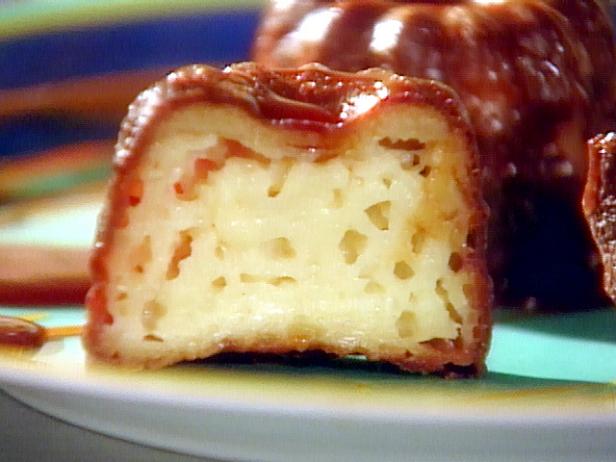
These extraordinary little confections are a specialty of Bordeaux, where nuns were said to have created them more than 200 years ago using the flour they salvaged from the holds of sailing ships anchored in the Port de la Lune. I like to call them "portable creme brulee" because they contrast a crunchy caramelized exterior with a moist, custardy center. This recipe is a bit particular. You really need authentic copper cannele molds and you really do need to coat them with beeswax (which you can find at some health food store and farmers' markets). The wax makes the unmolding easier, and - most important - gives the canneles their distinctive, crunchy crust. Make sure you let the batter rest for the full 12 hours. The best way to eat these is with a cup of strong coffee. You can also serve them as a dessert, cut in half and drizzled with caramel sauce.
Provided by Food Network
Categories dessert
Time 12h50m
Yield 18 canneles
Number Of Ingredients 9
Steps:
- In a small saucepan, combine the milk, vanilla bean, and its scrapings. Bring the milk to the scalding point over medium high heat, then remove the pan from the heat and add the 3 tablespoons of butter. Set aside to cool to lukewarm.
- In a large bowl, whisk together the sugar and flour. In a separate small bowl, whisk together the egg yolk, eggs and rum. Whisk the egg mixture into the sugar and flour mixture, then whisk in the lukewarm milk mixture. Strain into a container; cover and refrigerate for at least 12 hours.
- To prepare molds for baking, melt the beeswax in a saucepan over low heat. Add the remaining 3/4 cup butter to the melted wax and stir until the butter is melted. Remove the mixture from the heat and, using a narrow pastry brush, carefully coat the inside of 18 (2 by 1-inch) canneles molds. (Dedicate this brush to canneles making because the wax will get into the brush.) If the wax mixture starts to set up or thicken, return it to the heat for a moment until it thins.
- Remove the batter from the refrigerator for at least 1 hour before baking it.
- Preheat the oven to 425 degrees F.
- Place the waxed canneles molds on a heavy baking sheet with a rim to prevent any wax and butter that melts from the molds from dripping onto the bottom of your oven and creating a fire hazard. Fill the molds 3/4 full with the batter, whisking the batter frequently and well to ensure that the sugar and flour remain evenly distributed.
- Bake for about 50 minutes, or until the surface of the canneles is dark brown. Remove from the oven, being very careful not to spill any of the hot wax on yourself. (It is wise to keep children and pets out of the kitchen during this part of the process.) Using tongs or an old towel, pick up each mold and tap it upside down to remove the canneles. If it doesn't come out after a few taps, using a paring knife to loosen it from the sides. And...viola! Serve warm from the oven.
THE AUTHENTIC CANELé BORDELAIS RECIPE

The authentic recipe of the canelés de Bordeaux for a deeply caramelized crust and a soft, tender interior.
Provided by Leonce Chenal
Categories Dessert
Time P1DT1h15m
Number Of Ingredients 8
Steps:
- In a saucepan, bring the milk to a boil with half of the sugar and the split and scraped vanilla bean.
- Turn off the heat and add the butter.
- In a mixing bowl, gently whisk together the eggs, egg yolks and remaining sugar. Add the flour and stir to combine.
- Pour in the boiled milk/ sugar/ butter mixture.
- Add the Rum then strain through a fine mesh sieve and refrigerate for at least 24 hours.
- Brush the canelé molds with butter or a mix of butter and (edible) beeswax. And fill each mold 3/4 of the way up.
- Bake for 40 to 45 minutes in a relatively hot oven (180°), on a baking tray placed in the lower part of the oven.
- Unmolded the canelés when there are still hot.
CANELéS DE BORDEAUX - FRENCH RUM AND VANILLA CAKES
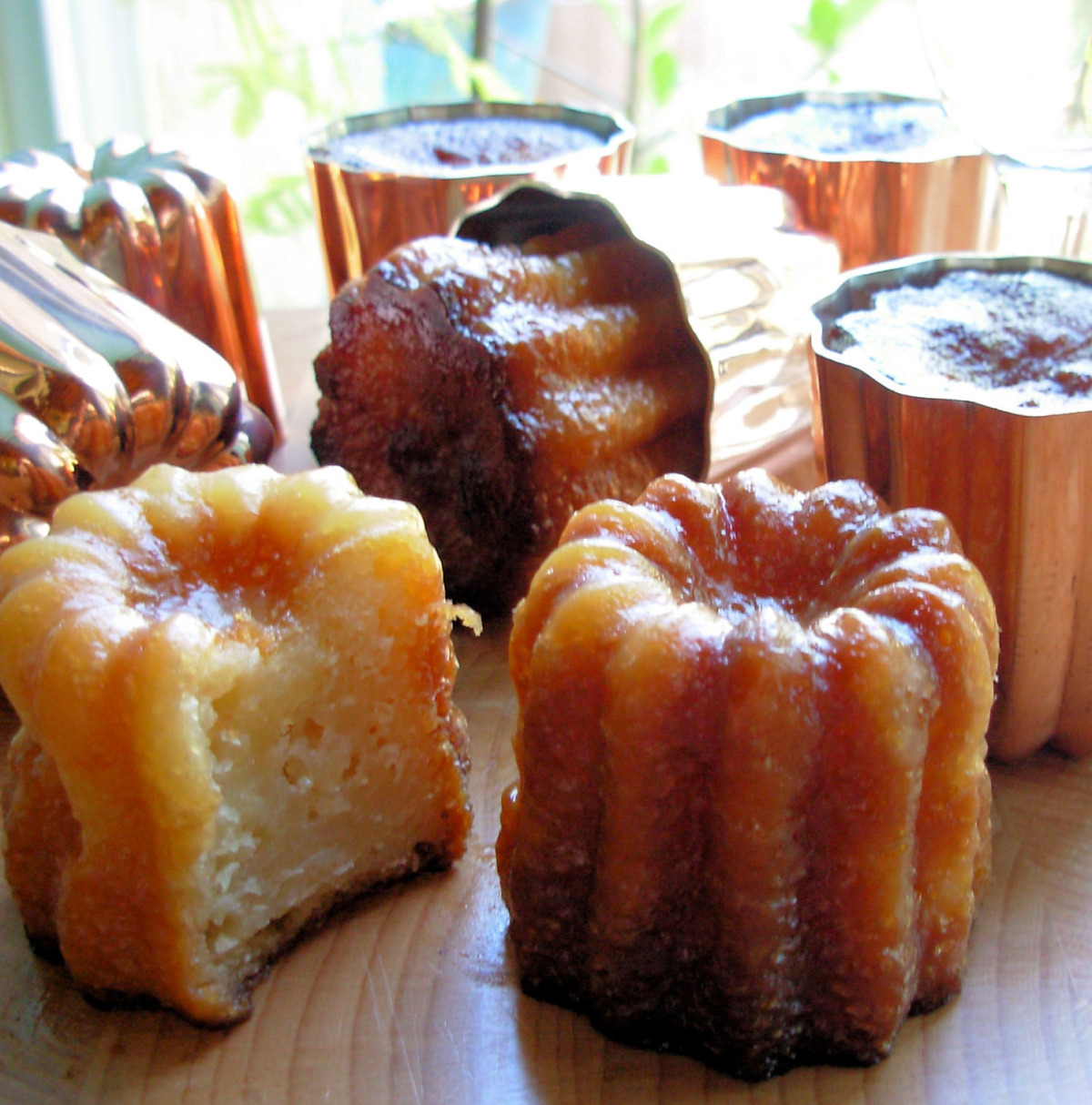
Canelés de Bordeaux, also know as cannelé Bordelais, are magical French bakery confections, little fluted cakes with a rich rum and vanilla interior enclosed by a thin caramelised shell. This brilliant recipe was developed a long ago by an anonymous Bordeaux cook, whose innovation has been subjected to 300 years of refinements. Glossy and dark brown almost black at first sight, bittersweet at first bite, the crunchy burnt sugar canelé-shell makes an exquisite contrast to the smooth, sweet filling, fragrant with vanilla and rum. These little cakes have recently gained cachet after years of neglect, to the extent that they may one day rival the popularity of crème brûlée in the category of caramelized French desserts. Baked in special tin-lined copper moulds, these delicious dessert cakes are often served with Cognac and Wine if you partake of a local degustation! The copper moulds are quite hard to find even in France - if you cannot find them, then these cakes can be made in individiual dariol moulds, small pudding basins, or the silcon moulds which are quite easy to find. This recipe makes 12 to 16 canelés, depending on the size of your moulds. Traditionally beeswax is used to line the moulds, I have dispensed with this and have suggested a sprinkling of sugar inside the well buttered moulds.
Provided by French Tart
Categories Dessert
Time P1DT1h20m
Yield 12-16 Canelé de Bordeaux
Number Of Ingredients 10
Steps:
- The day before: boil the milk with the vanilla and butter.
- Take off the heat, allow to cool VERY slightly.
- Mix the flour and sugar together, then add the eggs and egg yolks, pour this mixture in the hot milk.
- Gently mix in order to obtain a fluid and smooth mixture, like a pancake batter, let it cool, then add the rum.
- Place it in the refrigerator for 24 hours to 48 hours maximum.
- When you are ready to bake the caneles: preheat the oven to 250C/495°F.
- Butter the moulds liberally and then sprinkle some sugar in to the moulds.
- Pour the batter in to the buttered and sugared caneles moulds, they should be 3/4 full - NO more.
- Place the moulds on a baking sheet, and cook on high for 5 minutes, then lower the temperature to 175C/350F and continue cooking for 1 hour at least. (It depends on your oven, it can take up to 1 and a quarter hours!) The tops will have a brown crust when they are ready, and they should still be moist inside.
- Carefully unmould them whilst they are still hot. Allow them to cool.
- Serve with tea or coffee for breakfast, or with a glass of wine or cognac in the late afternoon or evening.
Nutrition Facts : Calories 180, Fat 5.1, SaturatedFat 2.7, Cholesterol 77.8, Sodium 55, Carbohydrate 27.9, Fiber 0.3, Sugar 17.8, Protein 4
CANELéS

A canelé is a cork-shaped pastry from Bordeaux, which has a caramelised crust and soft middle. These impressive desserts are well worth the effort
Provided by Dominique Ansel
Categories Dessert
Time 1h20m
Yield makes 16
Number Of Ingredients 8
Steps:
- Make the batter a day in advance. Put 160ml milk, the butter, the vanilla pod and seeds, and 20g sugar in a medium saucepan and bring to a simmer over a medium heat. Remove from the heat and let cool to about 38C or until lukewarm to the touch - too cool and the butter will congeal, too hot and the eggs will start to cook.
- Whisk in the egg mixture until incorporated, then mix in the rum and the rest of the milk.
- Mix the flour, remaining sugar and 1/2 tsp salt together in a bowl. Whisk in the liquid in thirds, scraping down the sides and bottom of the bowl between additions. Avoid over-whisking: too many air bubbles will result in dry canelés. The batter should have the same consistency as double cream.
- Strain the batter through a sieve into an airtight container. Press clingfilm directly onto the surface of the batter to prevent a skin from forming. Close the lid tightly and chill in the fridge overnight to rest the batter.
- Heat oven to 230C/210C fan/gas 8. Warm eight (or 16 if you have them) 5cm canelé moulds on the middle shelf in the oven for 5-10 mins. This helps to give the canelés a crunchy, caramelised exterior.
- Brush the moulds with a thin layer of melted beeswax (too much will cause the mixture to spill out during baking). Wring the clingfilm of any mixture that sticks to it, then gently mix to recombine ingredients that may have settled overnight. Do not overmix, or you risk incorporating too much air. The more uniform the batter, the better the final product.
- Fill each mould with batter. Be sure to leave 0.5cm at the top - when the canelé bakes, it will rise slightly and then sink, so it is important to account for this.
- Put the moulds on a baking tray and bake on the middle shelf for 10-15 mins. Rotate the tray by 180 degrees, reduce oven temperature to 180C/160C fan/ gas 4 and bake for 30-35 mins. (Baking time can vary depending on your oven.) Keep an eye on the canelés' colour during the final mins to avoid over- or under-baking. The bottom should be a deep maple syrup colour.
- Remove the canelés from the oven, let sit for 10 mins, then turn the moulds upside down and gently tap the base until the canelé drops out. Cool completely before serving.
Nutrition Facts : Calories 147 calories, Fat 5 grams fat, SaturatedFat 3 grams saturated fat, Carbohydrate 21 grams carbohydrates, Sugar 16 grams sugar, Fiber 3 grams fiber, Sodium 0.2 milligram of sodium
Tips:
- For the best results, use high-quality ingredients.
- Make sure the butter is cold and cut into small pieces before adding it to the dough.
- Work the dough quickly and lightly to avoid overworking it.
- Chill the dough for at least 30 minutes before rolling it out.
- Use a sharp knife to cut the dough into even strips.
- Bake the canelés until they are golden brown and crispy on the outside and soft and chewy on the inside.
- Let the canelés cool for a few minutes before serving.
Conclusion:
Canelés de Bordeaux are a delicious and decadent pastry that is perfect for any occasion. With their unique flavor and texture, they are sure to impress your friends and family. If you are looking for a new and exciting dessert to try, I highly recommend giving canelés de Bordeaux a try.
Are you curently on diet or you just want to control your food's nutritions, ingredients? We will help you find recipes by cooking method, nutrition, ingredients...
Check it out »
You'll also love




/__opt__aboutcom__coeus__resources__content_migration__serious_eats__seriouseats.com__recipes__images__2012__01__20120127-188620-canele-610x458-15-5842949ba0b24e2697e646673db84b65.jpg)



